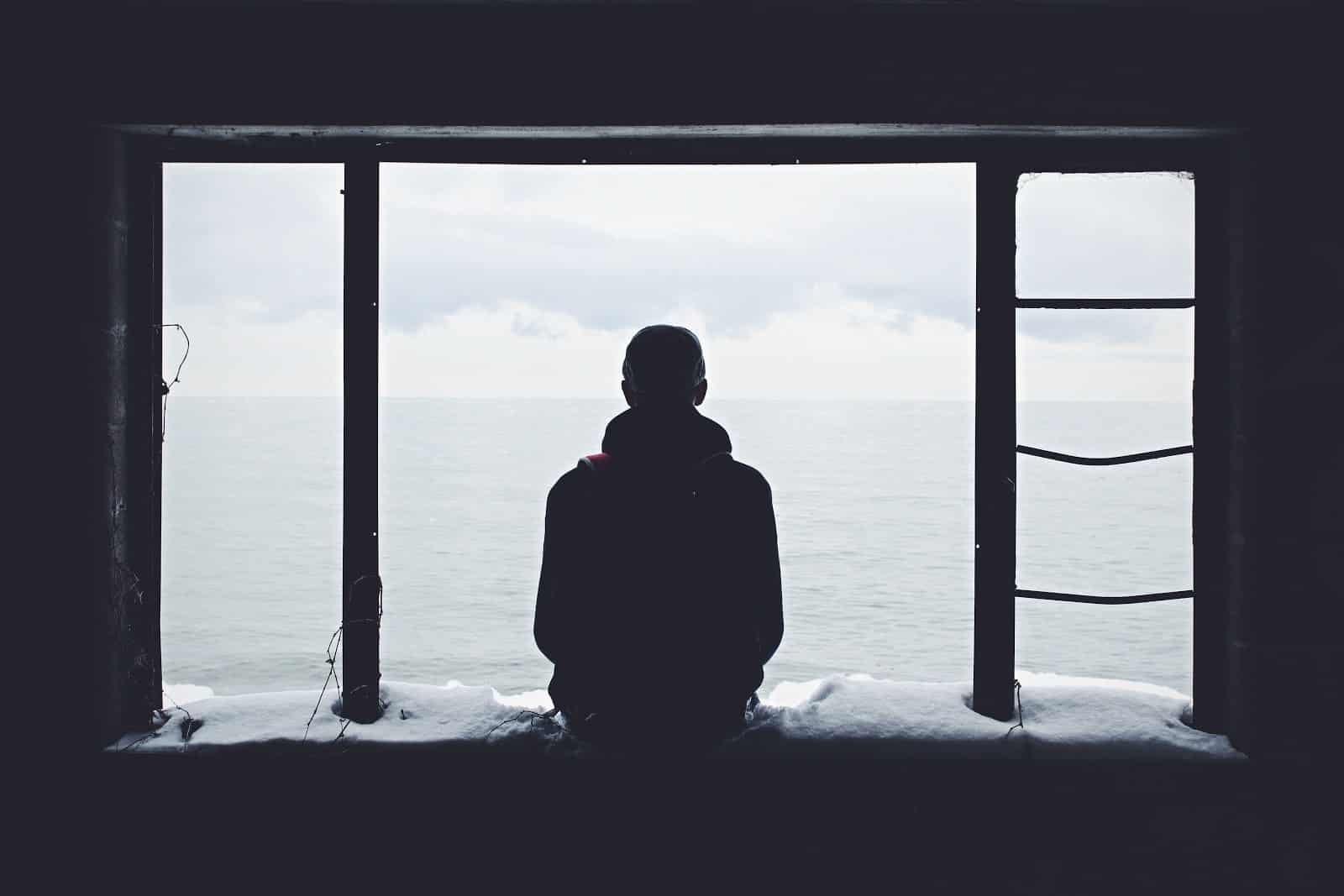The last month has brought a global pandemic that has challenged the narratives of our busy lives. COVID-19 is forcing many of us to take a step back from our daily routines as we try to prevent its spread. Many of the moments that we expected to share, from March Madness to T-Swift concerts, have instead yielded to a time of quarantine and isolation. Freelancer friends have shared concerns about their threatened livelihoods. Their anxieties are not unique. We are all now, in one way or another, acutely aware of our personal and communal fragilities.
Uncertain as this time is, it seems to me that the pandemic is providing an opportunity for us to collectively examine our lives and to perhaps look anew at the unseen and ordinary. This crisis has surfaced during the season of Lent, a time when we have already been thinking about our priorities in life in an effort to reorient our gaze to our relationship with God. In this era of busy-ness and overstimulation, we are invited, I believe, to collectively contemplate human living in the 21st century.
What does it mean to contemplate? For some, contemplation may conjure images of medieval monks lost in rapture. Yet, contemplation is an activity accessible to us all. It involves seeking to read the “signs of the times”, to see where God, the deepest reality, is present amidst the events of our lives. I think that Walter Burghardt’s definition of contemplation as a “long, loving look at the real” can be helpful to us in seeking God in our current moment.
Long
It seems that the lifestyle changes induced by COVID-19 will be with us for several months. To look at all the changes induced by COVID-19 for a long time requires us to be attentive not just to the sacrifices of the scientists, first responders, food truck drivers, and countless others at work but also to situate this challenge in human history. There is no doubt, in the words of a friend, that COVID-19 will be a “paragraph in history” and it will be a marking point for our generation. But to students of world and even ecclesial history, we know that humanity has dealt with plague and pandemic before. Can we imagine ways to draw on the strength of those who have gone before us as we seek meaning and serenity in these times?
Loving
Sometimes, personally and communally, we succumb to the myth of leading solitary and independent existences. But, COVID-19 reminds me that we are all in this together. Disease does not discriminate. For better or worse, the coming together of the global community to combat this virus has been a reminder that we are wired for connection. The viral videos of Italians singing and dancing together independently on their balconies demonstrates how much we need each other. #InThisTogether, trending on Twitter, shows us how we can each commit to solidarity. If germs can spread, how much more can kindness and good deeds?
Look at the real
Burghardt reminds us that when we seek God, we have to begin with what is real. Even when it hurts, we do not avert our gaze from the difficult. COVID-19 has forced us to confront our false narratives of complete security and insulation from pain. In the 21st century, an age with such paradoxes of brilliant technology and vast inequity, we have to acknowledge our vulnerability. Despite all of our progress, we have not escaped the human condition. The dead who we mourn and the pain of their families testify to that.
Yet, we also look and see the possibilities born out of a different way of life. The possibility of greater solidarity with our local and global communities. The possibility of escaping from the narrative that we only matter to the extent that we produce and are busy. The possibility of reimagining social and political structures to better serve others. The possibility of seeing ourselves not as independent agents but as creatures who want to sing, dance, and share our lives with one another.
Have you added any new contemplative practices to your life? When you look at this time, what essentials have emerged? Where have you been surprised by joy or by sorrow? What possibilities has COVID-19 opened for you?
Photo by Noah Silliman


